
Unvergleichlich: Kunst aus Afrika im Bode-Museum, Bode-Museum, Berlin. Curated by Julien Chapuis, Jonathan Fine and Paola Ivanov
Rather than a conventional art exhibition, Unvergleichlich: Kunst aus Afrika im Bode-Museum (Beyond Compare: Art from Africa in the Bode Museum) was a museological experiment in which selected works from the Berlin Ethnographic Museum were temporarily installed among Western art in the Bode-Museum. The experiment constituted a bold and unusually successful effort to create a dialogue on an equal footing between art from Europe and Africa. The intention was to challenge the traditional pigeonholing which categorises certain things as art and others as ethnographic artefacts, a practice that still permeates museums today. In our times of growing awareness of the need to relate critically to Eurocentric traditions and implement a more global outlook, these issues are being picked up by more and more Western museums. Even so, good examples like this are still few and far between.

Nuuk Nordic Culture Festival, Nuuk, Greenland
The cultural festival presented in Nuuk this autumn made a big impression as a vital platform for pressing issues associated among other things with cultural identity – both historically and in the present. The festival presented new Greenlandic visual art, performance art, dance, music, and literature alongside art and culture from other Nordic regions, including Sápmi, as well as Canada and Alaska. It was a strong reminder not only of what is at stake for artists and institutions in former colonial regions, and the complicated and vulnerable process they find themselves in, but also of the responsibilities incumbent on us as representatives of former colonial powers, adjuring us to help resolve what is essentially a common problem.

Marta Minujín: Menesunda Reloaded, New Museum, New York. Curated by Massimiliano Gioni and Helga Christoffersen
This summer, the New Museum in New York pulled off an impressive feat: they reconstructed an important (albeit unknown to many) work of mid-twentieth-century art: Argentine artist Marta Minujin’s labyrinthine installation Le Menesunda, originally presented in Buenos Aires in 1965. The exhibition was a striking crossover between installation and performance art, inviting immediate sensory exploration while also offering a chance to reflect on social structures and medialities in a chaotic and changeable urban reality not unlike today’s. Menesunda Reloaded was an enriching opportunity to renew one’s acquaintance with an important work from an art scene that usually receives very little attention in Europe.
– Dorthe Aagesen (b. 1966) is chief curator in charge of collections and development at the National Gallery of Denmark (SMK). The curator behind this year’s Sonja Ferlov Mancoba exhibition, Aagesen is now working on an exhibition about German Expressionism, anthropology, and colonial history, due to be shown at SMK in 2021.
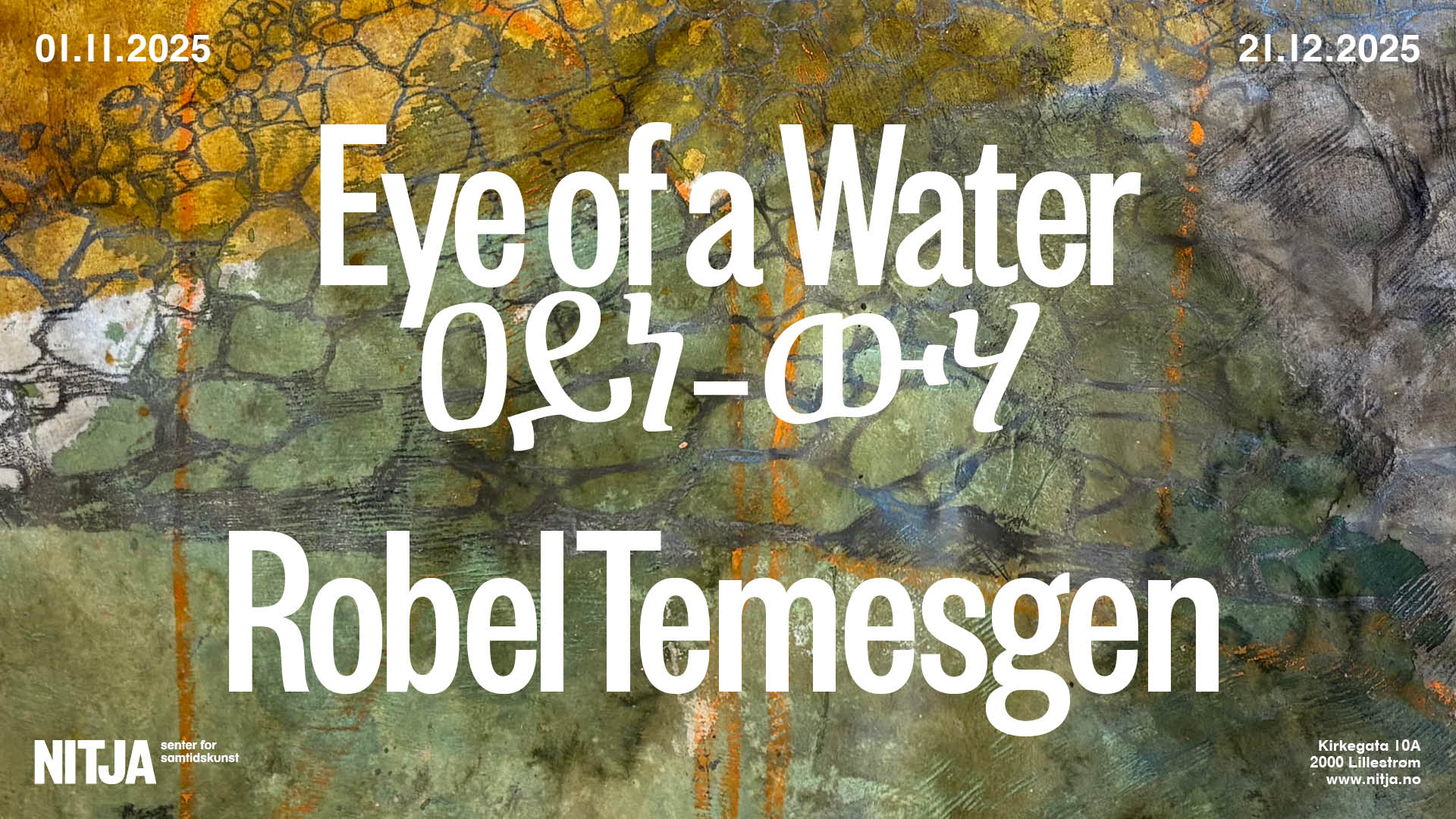







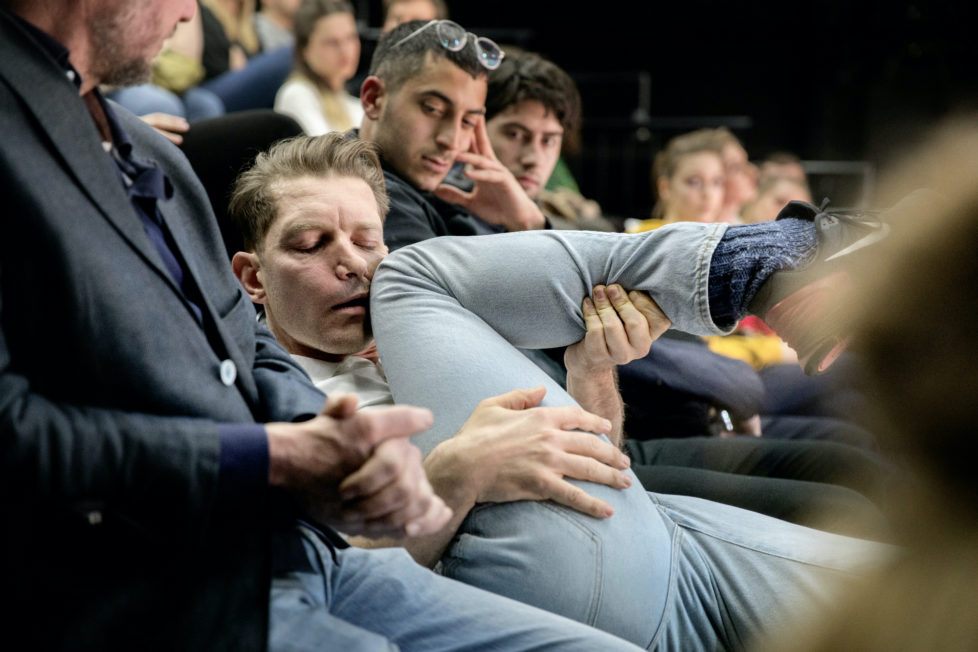
















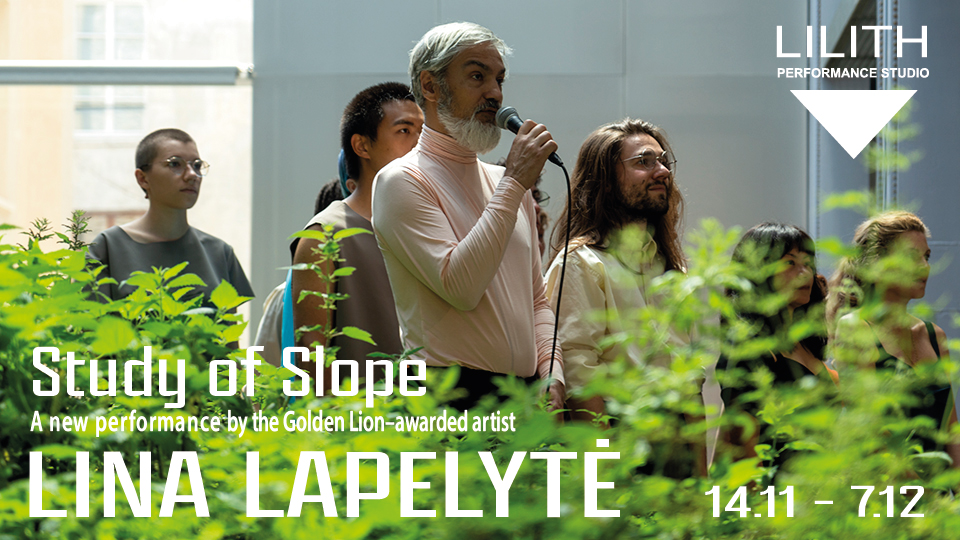
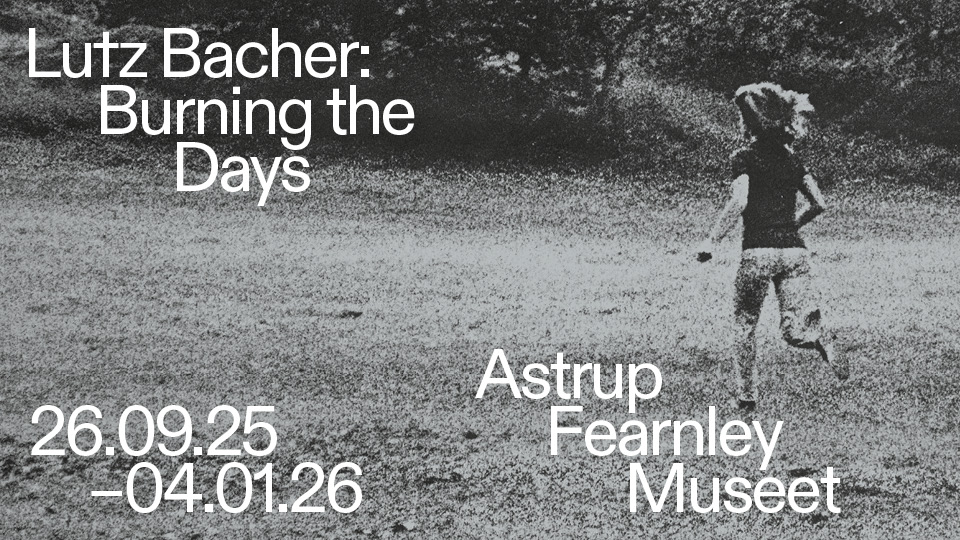
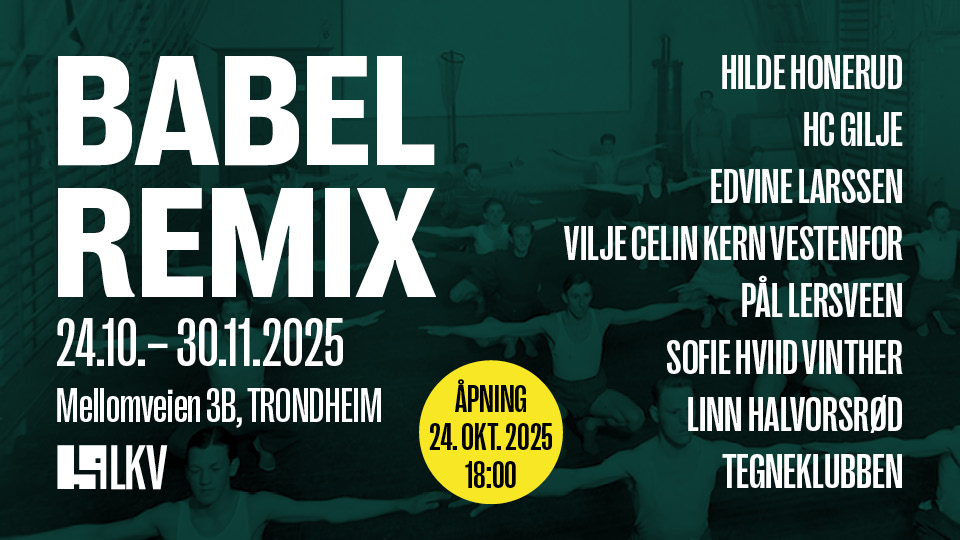
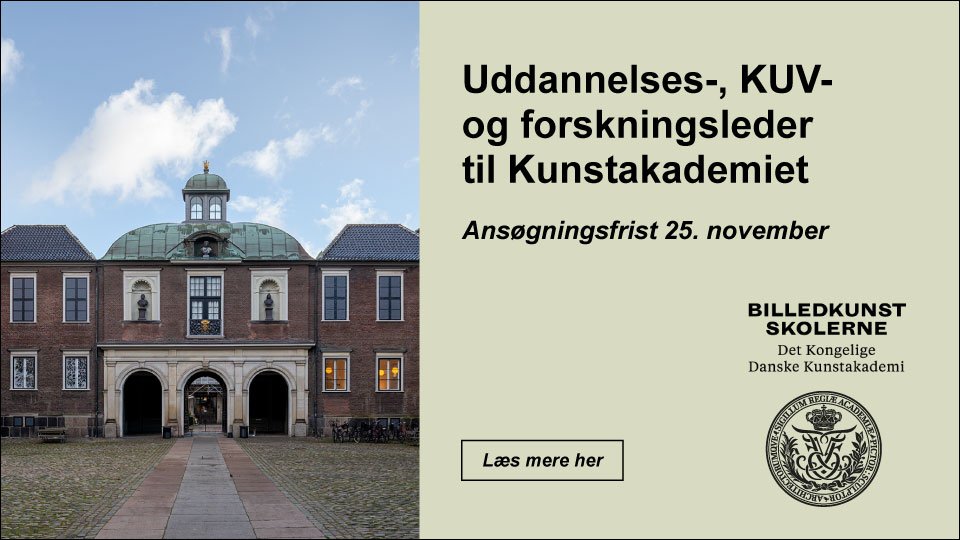
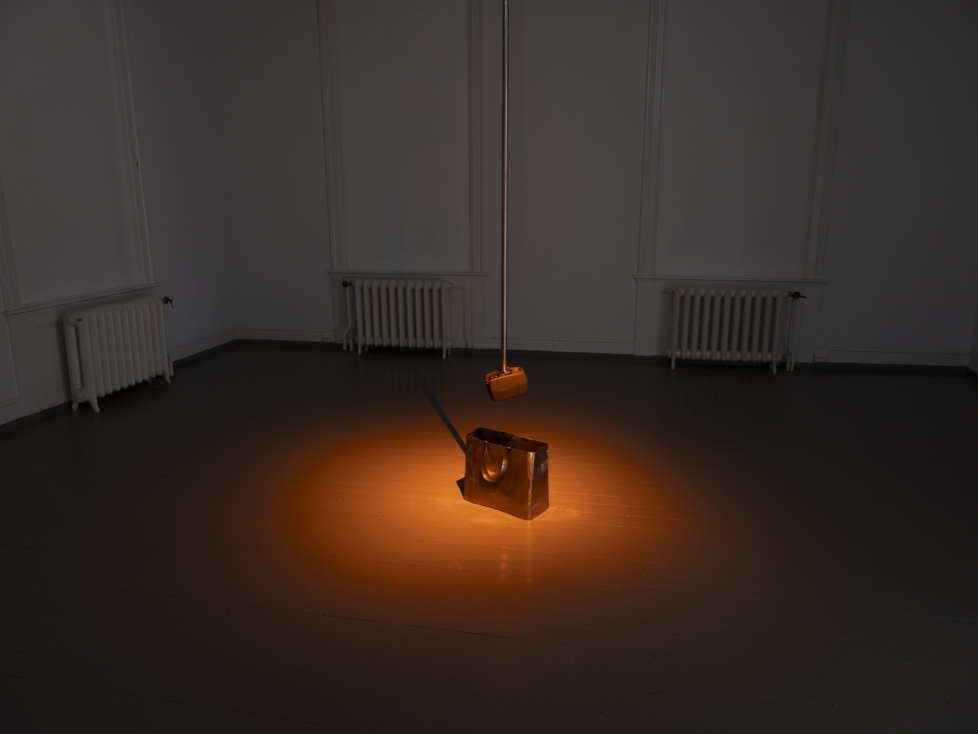
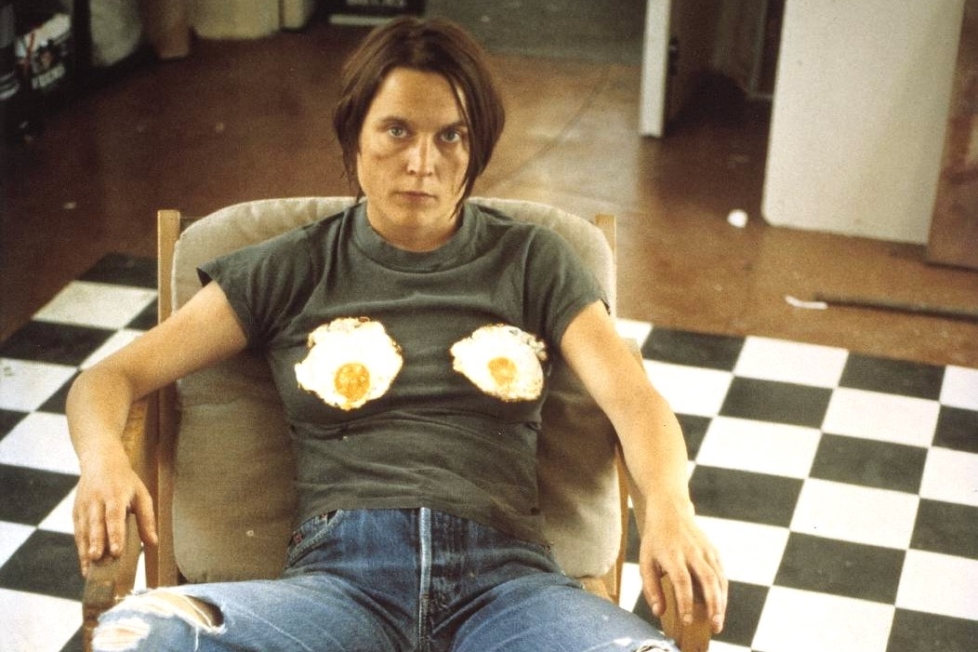
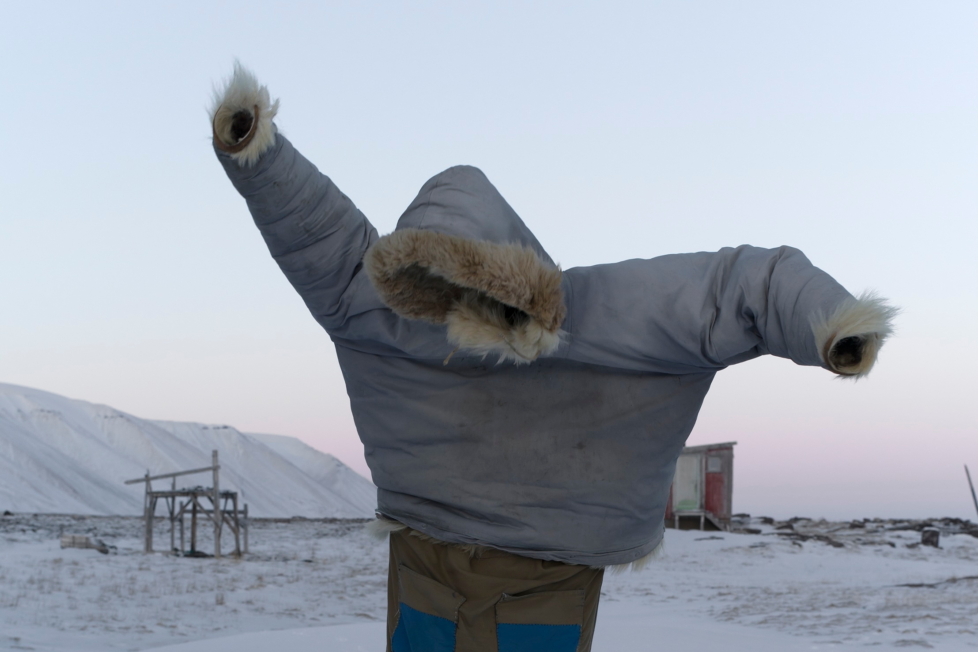
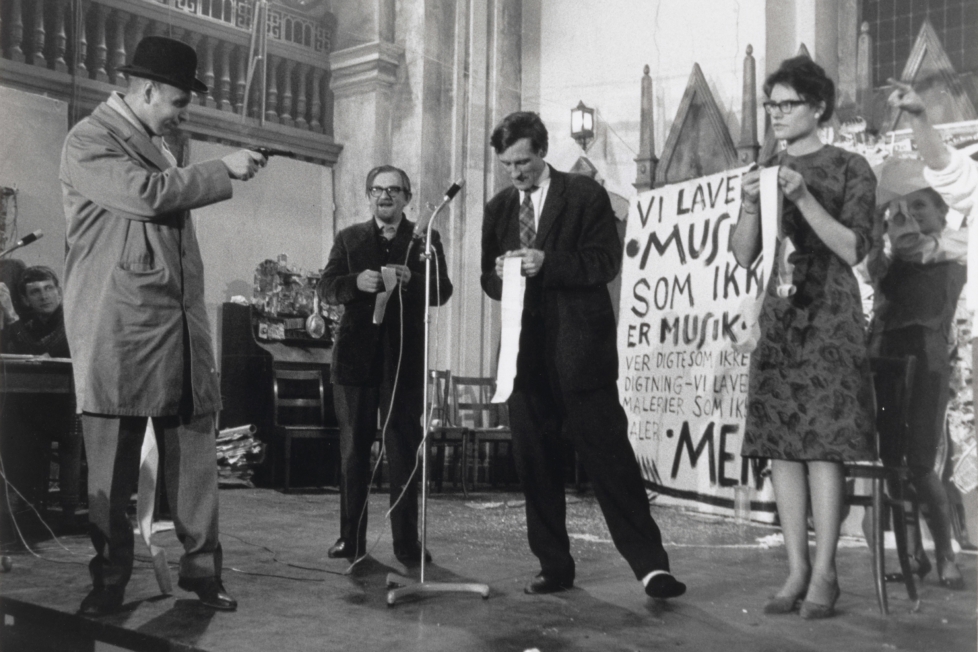
Diskussion